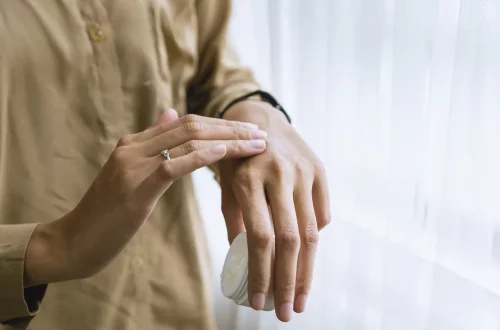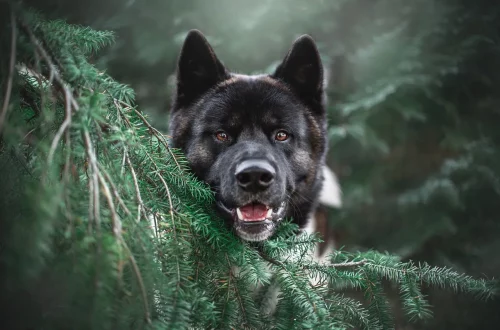
Understanding the Bearded Dragon Beard: Purpose and Care Tips
Bearded dragons are one of the most popular reptiles kept as pets, known for their friendly demeanor and unique physical features. Among these features, the beard—a collection of spiny scales under their chin—holds a special significance. This distinctive trait is not just for show; it plays a crucial role in their communication and overall behavior. Understanding the purpose and function of a bearded dragon’s beard can enhance the care you provide for these fascinating creatures.
As a potential or current owner, it’s essential to grasp the intricacies of your pet’s anatomy and what it signifies in their day-to-day life. The beard can expand and contract depending on the dragon’s mood, acting as a visual display that communicates various emotions. From intimidation to submission, the beard’s appearance is an indicator of how your bearded dragon is feeling. Moreover, its health is a reflection of your pet’s well-being, making it vital to monitor its condition regularly. This article delves into the multifaceted purpose of the beard and offers practical care tips to ensure your bearded dragon remains healthy and happy.
The Anatomy of the Bearded Dragon Beard
The beard of a bearded dragon is a fascinating feature that encompasses several anatomical components. Located beneath their jawline, this beard consists of a series of spiny scales known as “ceratotrichia.” When relaxed, these scales lay flat against the throat, providing a streamlined appearance. However, when a bearded dragon feels threatened, stressed, or excited, the scales can puff out dramatically, creating the iconic “beard” look that gives these reptiles their name.
These spiny scales are not just for aesthetic purposes; they serve multiple functions. Primarily, the beard acts as a defense mechanism. When a bearded dragon encounters a potential threat, the expansion of the beard makes it appear larger and more intimidating. This visual display can deter predators, giving the bearded dragon a better chance of survival in the wild.
Additionally, the beard plays a role in thermoregulation. Bearded dragons are ectothermic creatures, meaning they rely on external heat sources to regulate their body temperature. The ability to puff out their beard can help them absorb heat from the sun, providing a method for warming up when needed. Conversely, they may flatten the beard to cool down, showcasing their adaptability to environmental changes.
Understanding the anatomy and function of the beard is crucial for reptile owners. Observing changes in your bearded dragon’s beard can provide insights into their emotional state and overall health. For instance, a constantly expanded beard may indicate stress or discomfort, while a relaxed beard suggests a content and healthy pet.
Behavioral Significance of the Beard
The beard of a bearded dragon is an essential tool for communication, showcasing a variety of behaviors that can express different emotions. When it comes to interactions with other dragons or pets, the way in which the beard is displayed can signal aggression, submission, or friendly intent.
For instance, when a bearded dragon encounters another dragon, it may puff out its beard to appear more dominant. This behavior is especially common among males competing for territory or during mating displays. In these situations, the expanded beard acts as a warning to rivals, indicating that they are not to be trifled with. Conversely, a bearded dragon may also retract its beard to signal submission, indicating that it poses no threat and is willing to back down.
In addition to interactions with other dragons, the beard can also express a bearded dragon’s feelings towards their human caretakers. A relaxed and flat beard often indicates that the dragon feels safe and comfortable in its environment. On the other hand, if the beard is puffed out when being handled, it may be a sign of stress or discomfort. Understanding these behavioral cues is vital for ensuring a positive relationship with your pet.
Moreover, some bearded dragons may exhibit a change in beard color, which can further indicate their emotional state. A darker beard can signify stress or aggression, while a lighter, more vibrant color can indicate happiness and contentment. Being attuned to these subtle changes can help you provide a more supportive environment for your bearded dragon.
Care Tips for Maintaining Beard Health
Taking care of a bearded dragon involves more than just providing food and housing; it also includes monitoring the health of their beard. A healthy beard is indicative of an overall healthy dragon, and there are several tips you can follow to ensure its well-being.
Firstly, maintaining proper humidity levels in the habitat is crucial. Bearded dragons thrive in a dry environment, but a slight increase in humidity can help maintain the skin’s elasticity and overall health. However, be cautious not to overdo it; excessive humidity can lead to skin issues and respiratory problems.
Secondly, regular bathing can help keep the beard clean and free from debris. Bearded dragons can accumulate shed skin and other particles in their beard, which can cause irritation if left unchecked. A gentle soak in lukewarm water for about 15-20 minutes can help keep their beard clean and hydrated. After bathing, make sure to gently dry them off, as excess moisture can lead to skin issues.
Additionally, providing a balanced diet rich in vitamins and minerals is essential for maintaining healthy skin and scales. Ensure that your bearded dragon has access to a variety of vegetables, insects, and occasional fruits. A well-rounded diet will contribute to vibrant colors and a healthy beard.
Lastly, regular veterinary check-ups can help identify any underlying health issues that may affect your bearded dragon’s beard. Your veterinarian can provide insight into any potential problems and recommend appropriate treatments.
In summary, the health of your bearded dragon’s beard is a crucial aspect of its overall well-being. By monitoring environmental conditions, maintaining cleanliness, providing a balanced diet, and seeking veterinary care when necessary, you can ensure your pet remains happy and healthy.
**Disclaimer:** This article is for informational purposes only and should not be considered medical advice. For any health-related concerns regarding your bearded dragon, please consult a qualified veterinarian.




